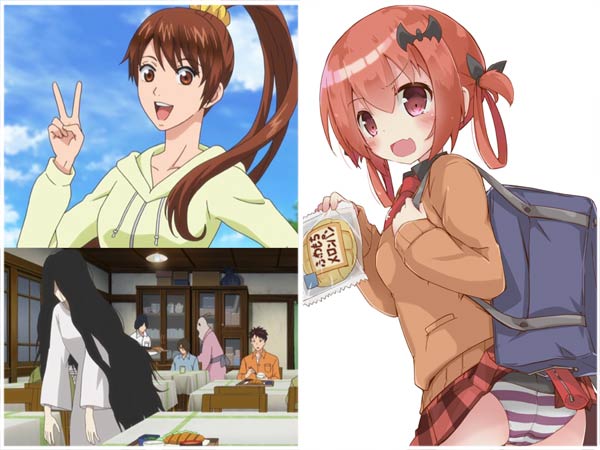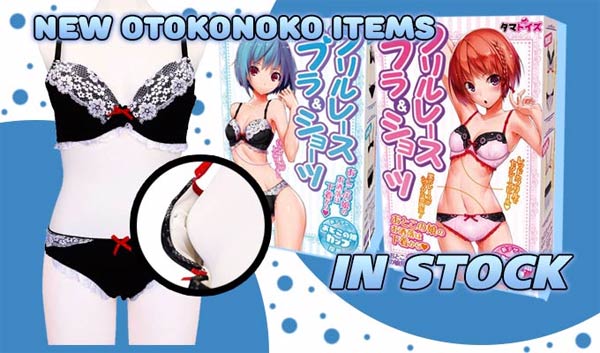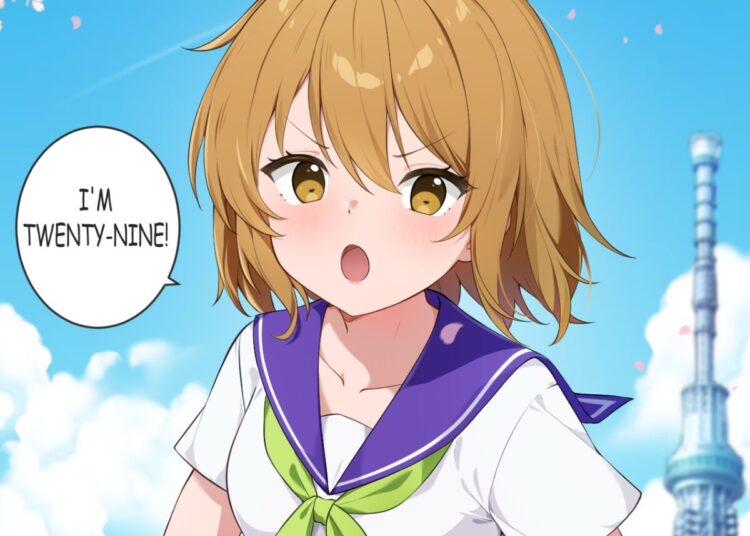Well, the time has come for me to end my fun time here in beautiful San Diego and return to (hot and humid) Japan. As usual, it’s been great spending two months in my hometown, hanging out with friends and getting my fill of Mexican food, but now it’s time to get back to Japan, and work on upcoming projects like Eiyu*Senki.
It’s well known that the Japanese love rice, and eat it with nearly every meal, but they’re no slouches when it comes to making exotic types of bread, too. Introduced by the Portuguese in the 16th century, pan (as it’s called, no relation to pantsu) comes in many varieties, almost too many to name (but here are some of my favorites). There’s shoku-pan or normal sliced bread, awesome “curry bread” with spicy curry inside, and even “Bacon Cheese France” which is French bread with cheese and bacon somehow baked inside. Some varieties of Japanese bread are often made with the simplest of ingredients, such as yakisoba pan, a roll with delicious chow mein-style noodles shoved inside, or ichigo whip-sand, sandwiches made with whipped cream and strawberries, sold in convenience stores. Most of us don’t think of bread as being sweet, but Japanese bread often is, including anpan, a traditional round bread with sweet anko beans inside, and honey toast, a loaf of bread that’s been toasted then covered with honey or syrup plus fruit and other good things. One of the most famous kinds of Japanese bread is melon pan, which is vaguely shaped like a melon but not directly related. Melon pan might just make you smart: I had an ESL student who ate it all the time because it looks sort of like a brain, and she was sure it would help her test scores.
I continue to sample new anime shows so I can report on the best ones to you. One show I came across is Youkai Apartment, aka Elegant Yokai Apartment Life, the story of a university student Inaba who goes to live in a shared apartment which has only one big drawback: all the residents are 妖怪 youkai, a word that describes a wide range of traditional Japanese monsters, ghosts, fairies, mononoke magical beasts, vampires and other fantastical creatures. The number of anime, manga and games that have mined the youkai world is extremely high, and they show up in Touhou, Inuyasha, Spirited Away and (naturally) Youkai Watch. While Shigeru Mizuki’s classic 1960 manga and anime GeGeGe no Kitaro is primarily responsible for bringing Japan’s youkai folk monsters into modern popular culture, the first view the West had of them was Kwaidan, a book that retold classical Japanese ghost stories, published by Lafcadio Hearn (the Father of Japan bloggers) back in 1902.
J-List customers love our otokonoko related products, and love to browse and buy when we get new items in stock. Today we added some great new lace underwear that’s awesome-looking yet sized so that aficionados can wear them. Browse our new items now!

















